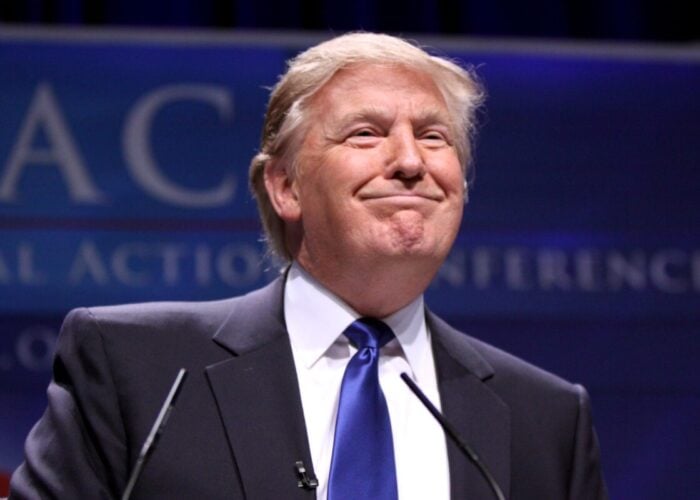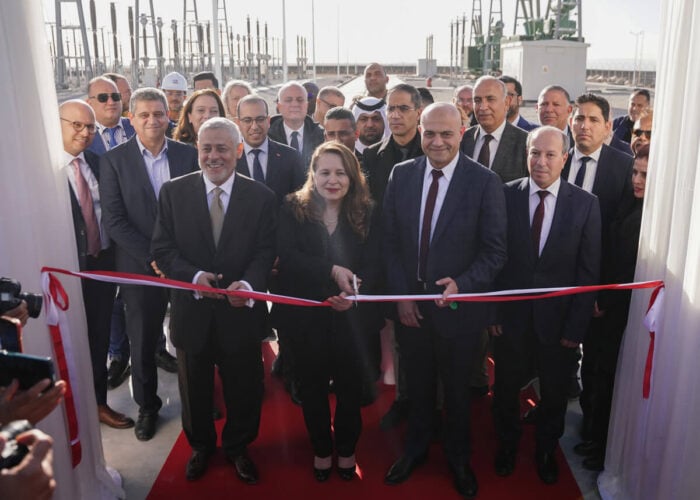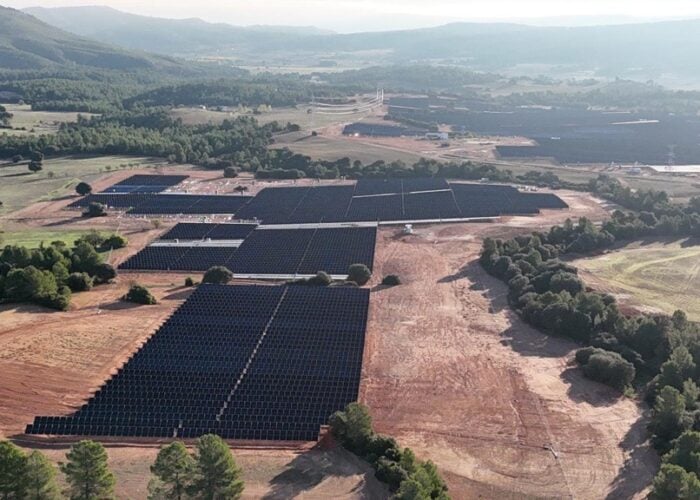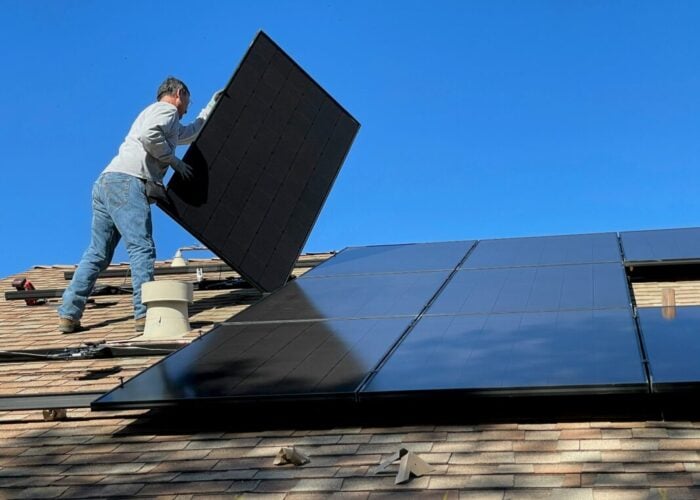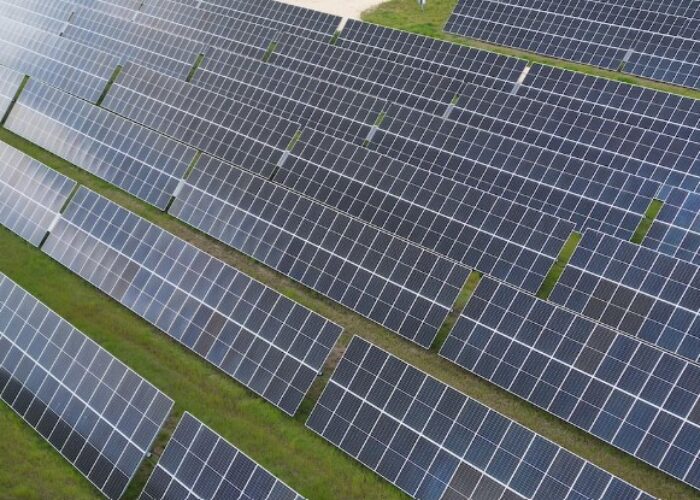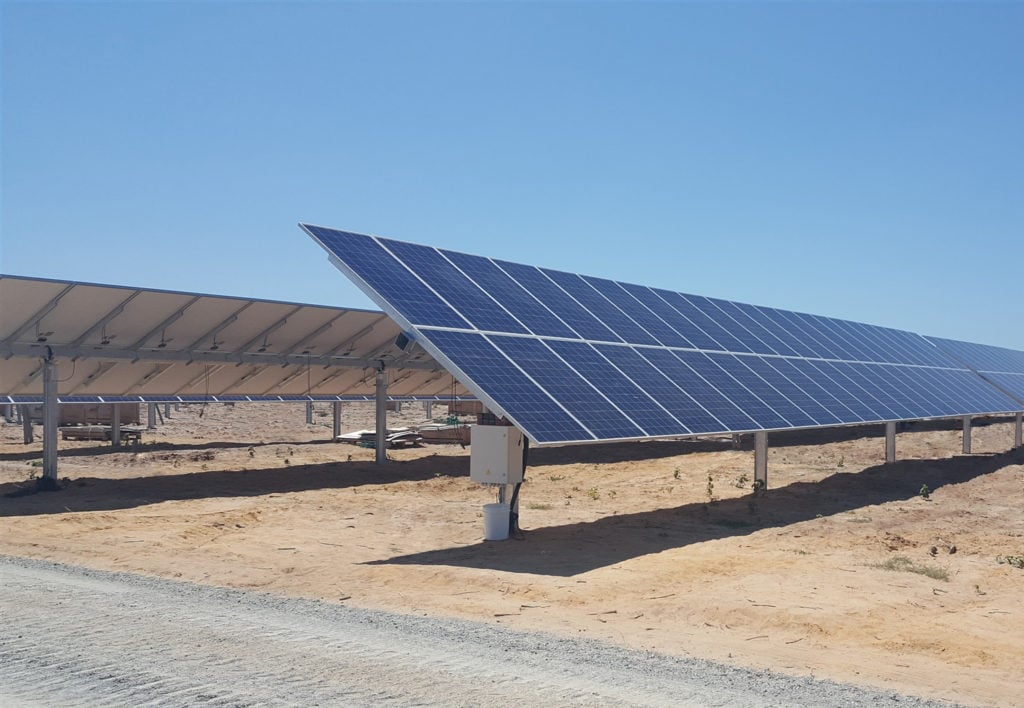
The levelised cost of electricity (LCOE) of solar PV has continued to decrease globally in 2024, according to a report from Wood Mackenzie.
The average global LCOE for fixed-axis solar PV systems in 2024 reached US$66/MWh, ranging from US$28/MWh to US$117/MWh. The price difference is affected by the location of the project – with more parts of the world adding solar PV than ever – technology advancements and regional market conditions.
Try Premium for just $1
- Full premium access for the first month at only $1
- Converts to an annual rate after 30 days unless cancelled
- Cancel anytime during the trial period
Premium Benefits
- Expert industry analysis and interviews
- Digital access to PV Tech Power journal
- Exclusive event discounts
Or get the full Premium subscription right away
Or continue reading this article for free
Meanwhile, single-axis tracking systems have a slightly lower average LCOE with US$60/MWh and ranging between US$31/MWh to US$103/MWh, thus reinforcing its importance in utility-scale solar PV projects.
For solar PV, fixed-axis systems average an LCOE of US$66/MWh globally, with a wide range from US$28/MWh to US$117/MWh, reflecting the influence of geography, technology advancements, and regional market conditions. Single-axis tracking PV systems fare slightly better, averaging $60/MWh, with a range from $31/MWh to $103/MWh, reinforcing their growing role in utility-scale projects.
Distributed PV saw a significant decrease in Asia Pacific with a cost reduction of 33% in 2024, boosted by improved module efficiencies for tunnel oxide passivated contact (TOPCon) and heterojunction technologies. Overall, LCOE of renewables – such as solar PV and wind – in the region dropped 16%, which was in itself driven by a 21% drop in capital costs.
“Across regions, the cost competitiveness of these technologies shows significant variation, but overall, renewables are on a steady path towards outcompeting traditional fossil fuel sources,” said Amhed Jameel Abdullah, senior research analyst at Wood Mackenzie.
Europe has seen the lowest reduction of all regions analysed by WoodMac’s report with a 0.2% decrease in the average LCOE for renewable energy. This is due to financial challenges of project funding and in contrast with the 9% drop between 2020 and 2023. However, utility-scale solar PV in Southern Europe leads the way, helped by declining capital costs and achieving the lowest LCOE in the region.
In 2024, North American LCOE dropped by 4.6% due to a 4.2% decrease in capital costs; meanwhile, Latin America’s average LCOE dropped by 8%, driven by easing supply chain pressures and falling capital costs. Single-axis solar PV now registers the lowest LCOE in the region, especially in matured markets such as Brazil, Chile and Mexico.
Finally, in the Middle East and Africa, the average LCOE dropped by 13% in 2024. This was driven by the stabilization of supply chains, while putting solar PV as the most cost-effective energy source for the region. Single-axis solar PV systems are the most attractive technology for developers in countries such as Saudi Arabia and the UAE and the LCOE is set to reach US$19.7/MWh by 2060.
“These findings underscore the accelerating competitiveness of renewable energy technologies globally, with significant cost reductions projected across all regions by 2060,” added Abdullah.

